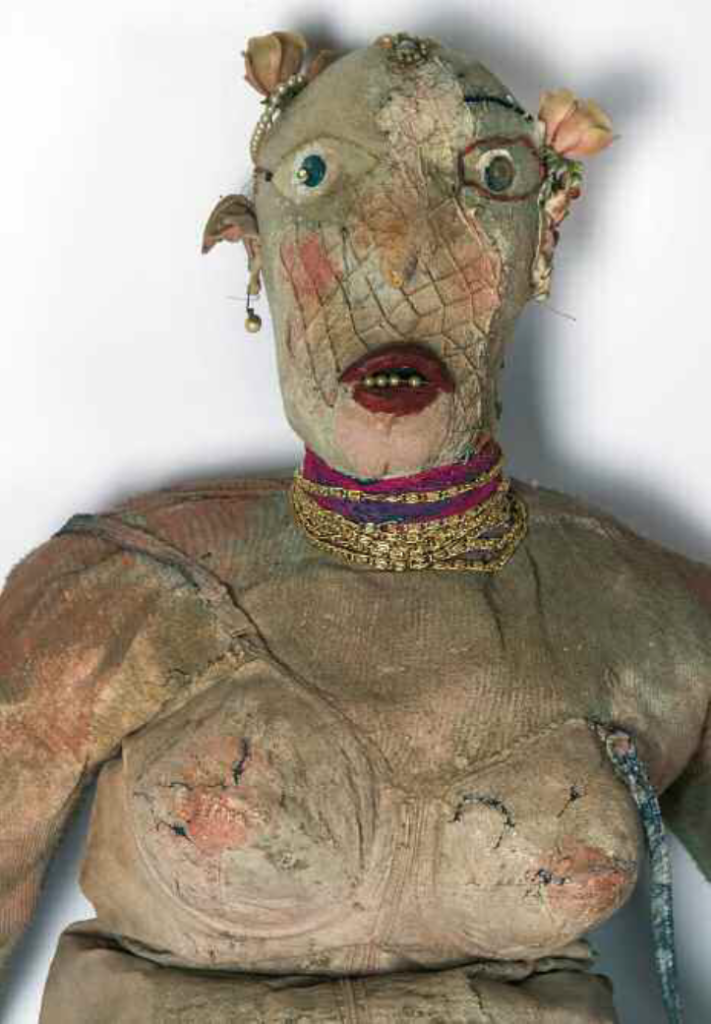FR
Passionné très jeune par les grands navigateurs, il devient mousse, puis marin toute sa vie pour le compte des Postes et Télécommunications. Il voyage sur le Normandie en 1909. Baloffi note tout ce qui l’intéresse sur des carnets soigneusement rangés dans une grande valise. A la retraite, il se met à peindre ses souvenirs truculents de marin sur des sacs d’engrais. Alain Bourbonnais le découvre en 1977, par l’entremise de Claude Massé. Aussitôt il rend visite à Baloffi à Collioure et lui achète une trentaine d’oeuvres en 77 and 78.
En mars 1979, Caroline écrit à François Baloffi : « Nous avons été très tristes Alain et moi à la lecture de votre lettre, nous n’aimons pas vous savoir fatigué, vous êtes tellement gentil. nous nous proposons de faire un petit voyage au printemps et nous passerons par Collioure pour passer quelques bons moments avec vous. » Hélas, Baloffi ne les a pas attendus.
« Baloffi est l’image de la bonté, de la tendresse », disait de lui Claude Massé qui l’avait bien connu. Ce dernier fera une importante donation au Musée de la Création Franche. Il sera présenté aux Singuliers de l’Art en 1978.
EN
Fascinated by the great navigators at a very young age, he became a ship’s boy, then a sailor for his whole life for the Post Office and Telecommunications. He travels on the Normandie in 1909. Baloffi wrote down everything that interested him in notebooks carefully stored in a large suitcase. When he retired, he began to paint his earthy memories of a sailor on bags of fertilizer. Alain Bourbonnais discovered him in 1977, through Claude Massé. He immediately visited Baloffi in Collioure and bought about thirty works from him in 1977 and 1978.
In March 1979, Caroline wrote to François Baloffi: “We were very sad when we read your letter, we don’t like to know that you are tired, you are so nice. We propose to make a little trip in the spring, and we will pass by Collioure to spend some good moments with you.” Alas, Baloffi did not wait for them.
“Baloffi is the image of goodness and tenderness”, said Claude Massé who knew him well. The latter will make an important donation to the Musée de la Création Franche. It will be presented at the Singuliers de l’Art in 1978.













